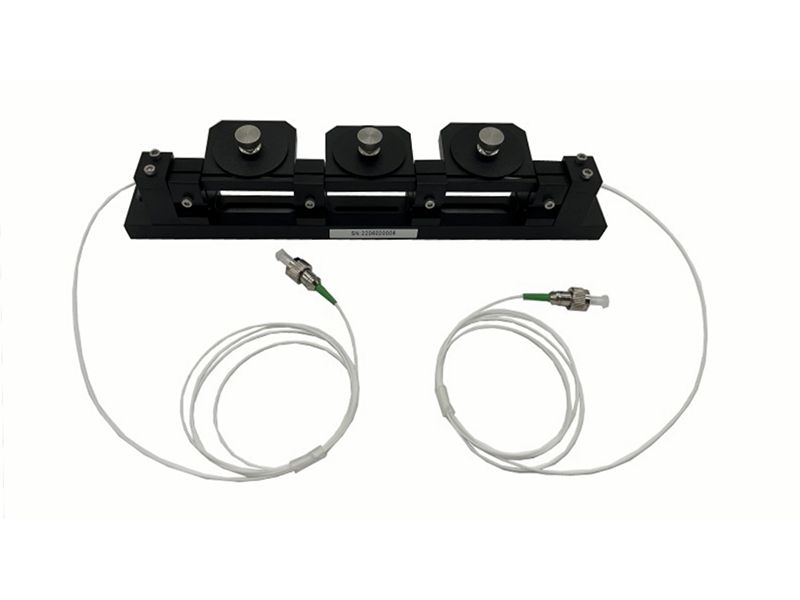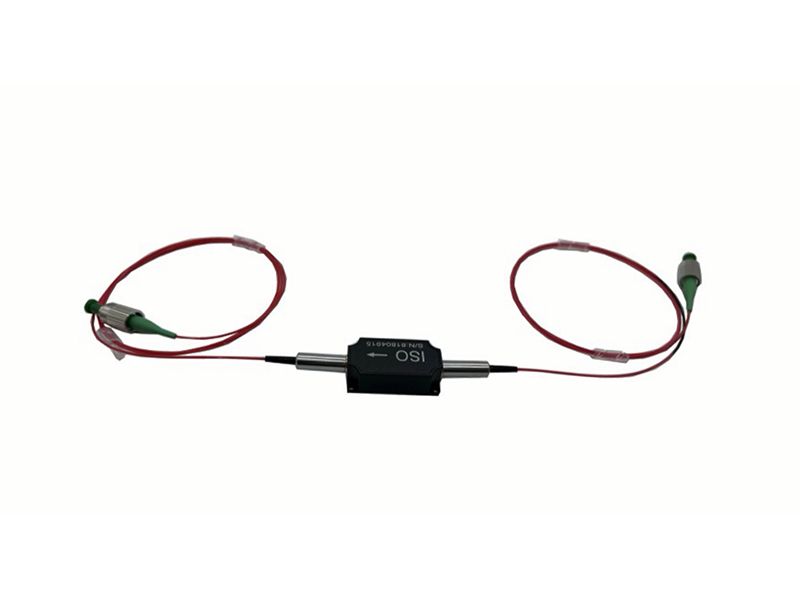Infrared laser in OCT
Infrared laser in OCT is a powerful imaging technique widely used in medical diagnostics and research. It utilizes light waves to capture high-resolution, cross-sectional images of biological tissues. One of the critical components of OCT systems is the infrared laser, which plays a fundamental role in the imaging process.
Send Inquiry
Product Description
Infrared lasers, operating in the near-infrared wavelength range of 800 to 1,300 nanometers (nm), are commonly employed in OCT due to their specific properties and advantages. Here is an introduction to the use of Infrared laser in OCT:
Penetration Depth: Infrared light has excellent tissue penetration capabilities compared to visible light. It can effectively penetrate deeper into biological tissues, allowing OCT to capture detailed images from beneath the surface. This makes it particularly useful in ophthalmology for imaging structures like the retina and choroid, as well as in dermatology for visualizing subsurface skin layers.
Reduced Scattering: Infrared light experiences less scattering when interacting with biological tissues compared to visible light. This property enables improved imaging depth and resolution in OCT. Reduced scattering minimizes the distortion caused by light scattering within the tissue, resulting in clearer and more detailed images.
Biocompatibility: Infrared light is considered safe and biocompatible with biological tissues. It is less likely to cause damage or adverse effects, making it suitable for use in medical imaging applications. Patient safety is of paramount importance in OCT, and the use of infrared lasers ensures minimal harm during the imaging process.
Sensitivity to Tissue Characteristics: Infrared lasers in OCT are sensitive to various optical properties of tissues, such as their scattering and absorption characteristics. By selecting specific wavelengths within the near-infrared range, OCT systems can target specific tissue components or structures, providing valuable insights into tissue composition and architecture. This sensitivity helps in detecting abnormalities and early-stage diseases.
Multiple Imaging Modes: In addition to providing structural images, infrared lasers enable the implementation of various imaging modes in OCT. These include polarization-sensitive OCT (PS-OCT), spectroscopic OCT (S-OCT), and Doppler OCT (D-OCT). These modes offer additional information about tissue polarization, molecular composition, blood flow, and functional imaging capabilities.
The use of infrared lasers in OCT has revolutionized medical diagnostics and research. It has expanded the capabilities of imaging technologies and contributed to advances in various fields such as ophthalmology, dermatology, cardiology, and oncology. Infrared laser-based OCT systems have become indispensable tools for non-invasive imaging, aiding in early disease detection, treatment monitoring, and understanding tissue morphology.
As technology continues to evolve, infrared lasers in OCT are expected to further enhance imaging capabilities, including improved resolution, speed, and depth. This ongoing development will pave the way for new applications and discoveries, supporting advancements in medical science and benefiting patients worldwide.
Hot Tags: Infrared laser in OCT, China, Manufacturers, Suppliers, Factory, Customized, Cheap, Low Price, Brands, Quotation, Price
Send Inquiry
Please Feel free to give your inquiry in the form below. We will reply you in 24 hours.








